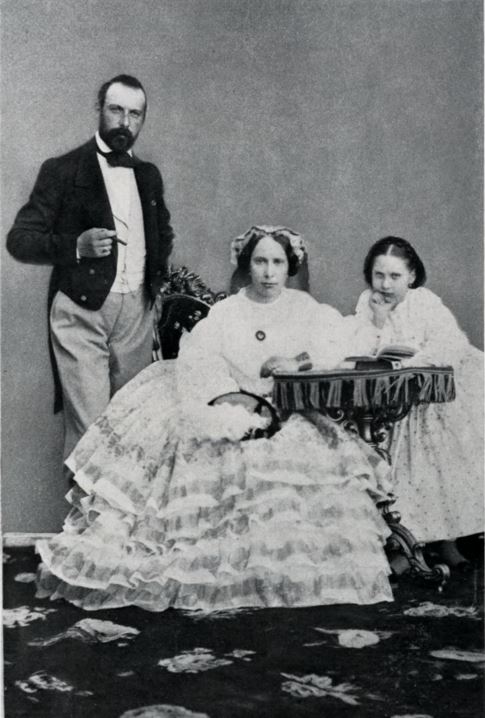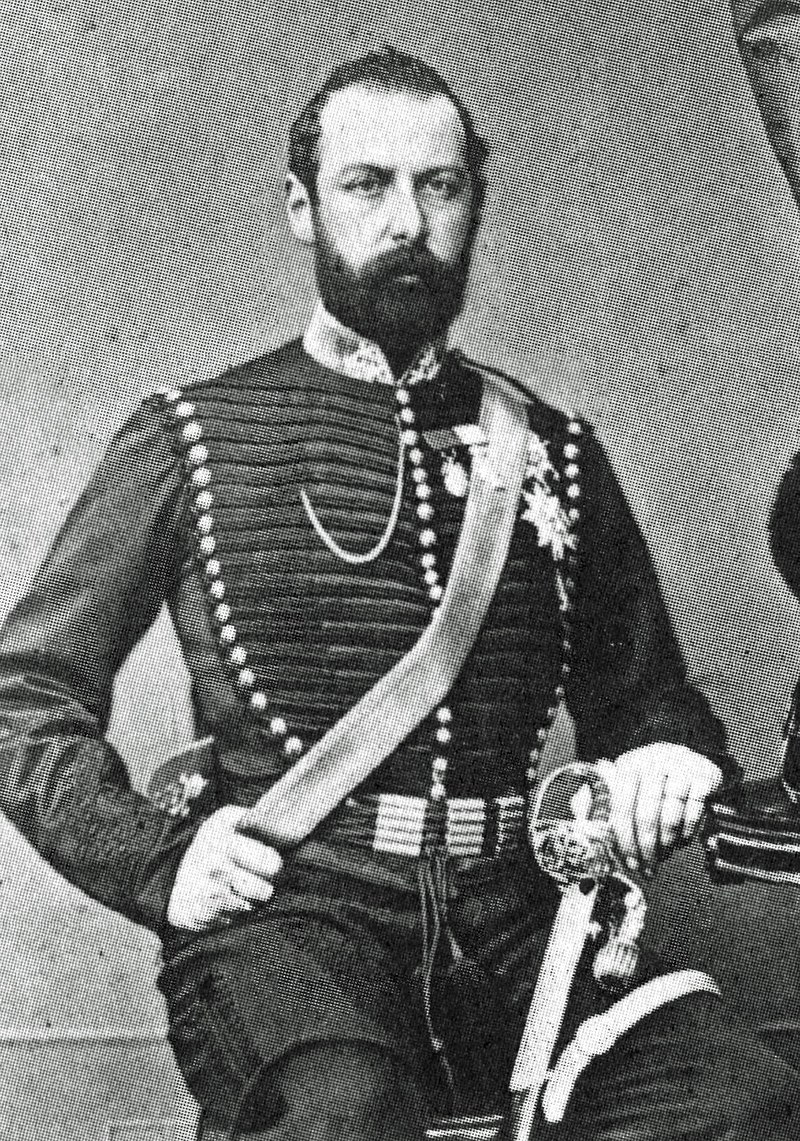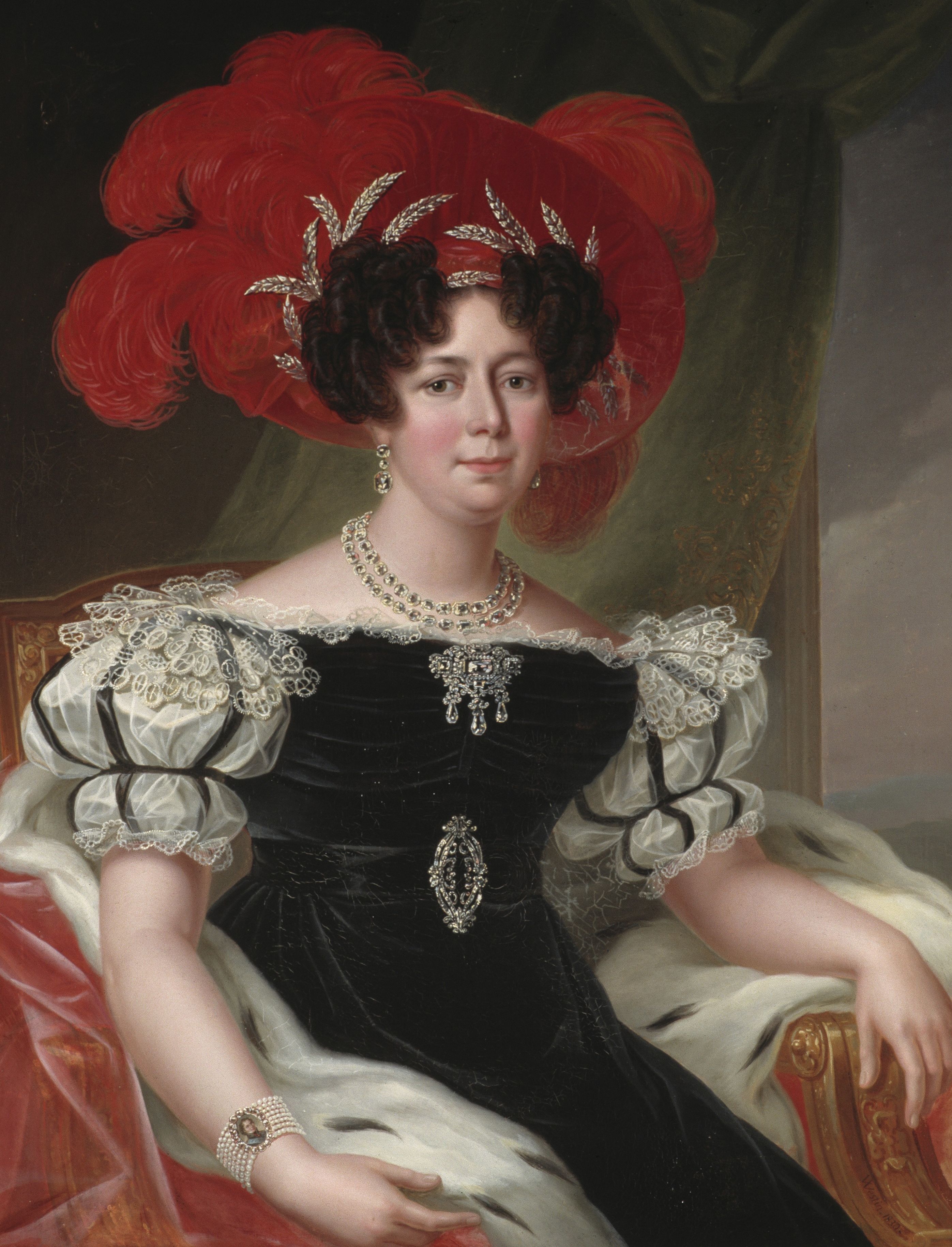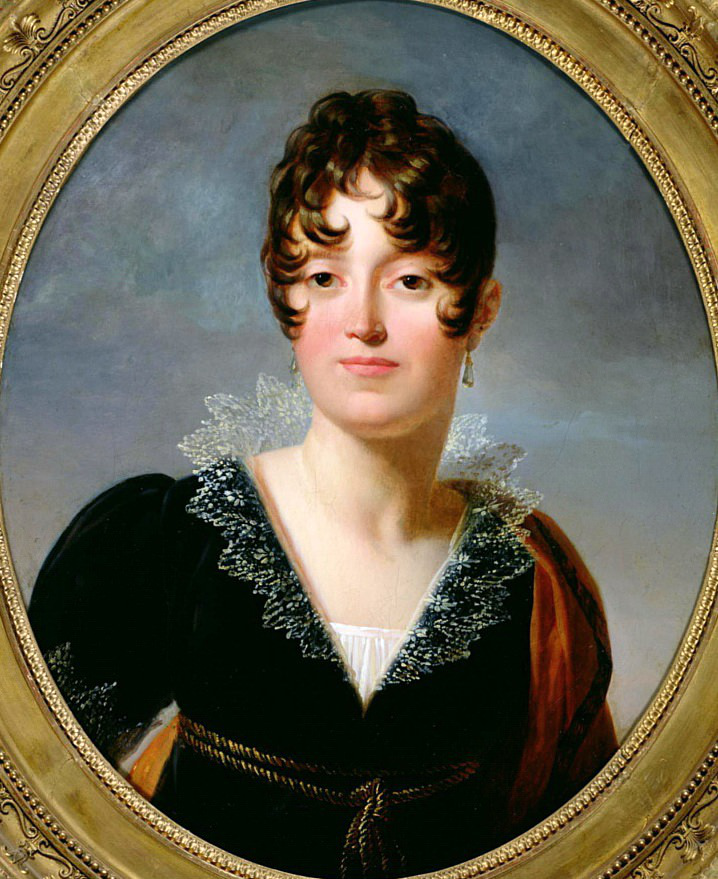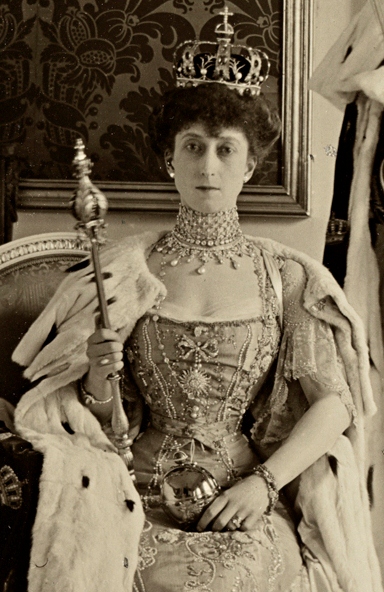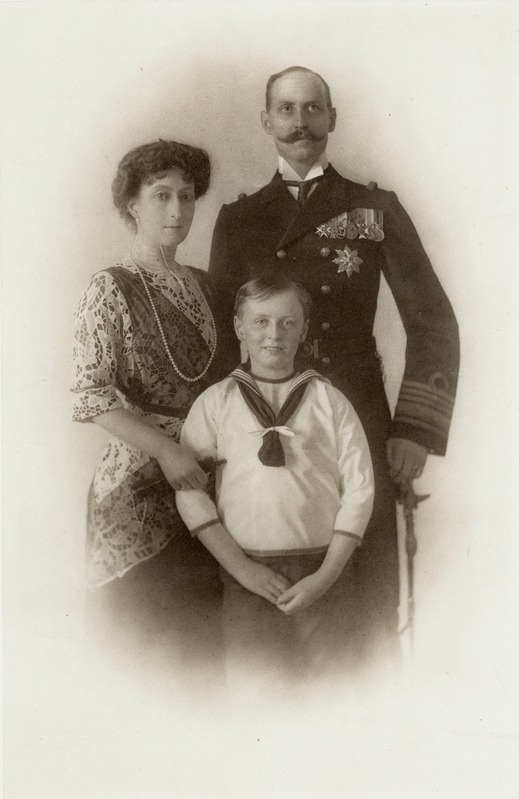by Scott Mehl © Unofficial Royalty 2015

Sofia of Nassau, Queen of Sweden and Norway – source: Wikipedia
Queen Sofia of Sweden and Norway was the wife of King Oscar II of Sweden. She was born Princess Sophia Wilhelmine Marianne Henriette of Nassau on July 9, 1836, at the Biebrich Palace in Wiesbaden, Duchy of Nassau, now in Hesse, Germany, the youngest of three children of Wilhelm, Duke of Nassau and his second wife, Pauline of Württemberg.
Sophia’s full siblings were:
- Princess Helena of Nassau (1831 – 1888), married George Victor, Prince of Waldeck and Pyrmont, had seven children including Marie who married Prince Wilhelm, later King Wilhelm II of Württemberg, Emma who married King Willem III of the Netherlands, and Helena who married Prince Leopold, Duke of Albany, youngest son of Queen Victoria
- Prince Nikolaus Wilhelm of Nassau (1832 – 1905), married morganatically Natalia Alexandrovna Pushkina, Countess of Merenberg, daughter of the Russian author Alexander Pushkin, had three children
Sophia also had eight half-siblings from her father’s first marriage to Princess Louise of Saxe-Hildburghausen:
- Princess Auguste of Nassau-Weilburg (born and died 1814)
- Princess Therese of Nassau-Weilburg (1815 – 1871), married Duke Peter of Oldenburg, had eight children
- Adolphe, Grand Duke of Luxembourg (1817 – 1905), married (1) married Grand Duchess Elisabeth Mikhailovna of Russia who died in childbirth (2) Adelheid-Marie of Anhalt-Dessau, had five children including Wilhelm (Guillaume) IV, Grand Duke of Luxembourg
- Prince Wilhelm of Nassau-Weilburg (1819 – 1823), died in childhood
- Prince Moritz of Nassau-Weilburg (1820 – 1850), unmarried
- Princess Marie of Nassau-Weilburg (1822 – 1824), died in childhood
- Prince Wilhelm Karl of Nassau-Weilburg (1823 – 1828), died in childhood
- Princess Marie of Nassau-Weilburg (1825 – 1902), married Hermann, Prince of Wied, had three children including Elisabeth who married King Carol I of Romania
Sophia was an intelligent child and was educated privately by tutors. She was most interested in languages, history, and religion, three subjects that would serve her well later in life. She spent some time at the Russian court to learn about life in a grand court. Having lost her father at the age of three, and her mother at the age of 20, Sophia lived with her elder half-sister, Princess Marie of Wied.
In July 1856 Sophia met her future husband, Prince Oscar of Sweden, Duke of Östergötland. He was the third son of King Oscar I of Sweden and Norway and Josephine of Leuchtenberg. The two fell in love and were engaged just two months later. Between their engagement and marriage, Sophia learned the Swedish and Norwegian languages and studied the history of both countries.
Sophia and Oscar married on June 6, 1857, at Biebrich Palace in the Duchy of Nassau, now in Hesse, Germany, and made their entrance into Stockholm several weeks later. Sofia, who had now taken the Swedish spelling of her name, was quickly embraced by the Swedish people who nicknamed her The Blue Duchess, because of the blue dress she wore when she arrived. They had four sons:
- King Gustaf V of Sweden (1858-1950) – married Victoria of Baden, had issue
- Prince Oscar, Duke of Gotland (1859-1953) – later Count Bernadotte af Wisborg, married Ebba Munck af Fulkila, had issue
- Prince Carl, Duke of Västergötland (1861-1951) – married Ingeborg of Denmark, had issue including Märtha who married King Olav V of Norway and Astrid who married King Leopold III of the Belgians
- Prince Eugén, Duke of Närke (1865-1947) – unmarried
(Crown Princess Sofia, c. 1870)
In 1859, Sofia and Oscar became the Crown Prince and Crown Princess as Oscar was the heir of his elder brother King Carl XV who had no living male heirs. They lived at the Hereditary Prince’s Palace (Arvfurstens palats) in Stockholm and would remain there until Oscar’s accession. In 1864, they purchased a farm in Helsingborg where they built a small palace called Sofiero. The palace was later enlarged after Oscar’s accession and became a favorite summer residence of the family. In 1905, Sofiero was given to Oscar’s grandson, the future King Gustaf VI Adolf, as a wedding present.
Following the death of King Carl XV of Sweden and Norway on September 18, 1872, Sofia and Oscar became King and Queen of Sweden and Norway. They were crowned in Stockholm, Sweden on May 12, 1873, and in Trondheim, Norway on June 18, 1873. Sofia embraced her role as Queen of both countries and was seen as an insightful advisor to her husband, who was not initially very popular. She often spent her summers in Norway, where she was well-loved by the Norwegian people and admired for her simple lifestyle.
In the late 1870s, Sofia became a follower of the teachings of Lord Radstock, a noted British missionary, and often spent much of her day in prayer. She withdrew significantly from court life, attending functions only when necessary. Her health was also a factor in her reduced activities. She spent several years abroad for various cures and spas, avoiding the harsh winters in Scandinavia.
Queen Sofia was instrumental in establishing organized nursing schools in Sweden. A follower of Florence Nightingale, she learned much from a visit to the United Kingdom in 1881 and began her project upon returning to Sweden. In 1882, Sofia arranged formal classes for nurses at the Sabbatsberg hospital. Two years later, she opened the Sophiahemmet University College, and in 1889 it became the Sophiahemmet, a combined school for nurses and hospitals. Along with her efforts in this area, Queen Sofia also lent her name and her efforts, to nearly 50 other patronages both in Sweden and Norway.
In 1905, she ceased to be Queen of Norway following the dissolution of the union between the two countries. The situation had taken its toll on her husband, and his health soon began to decline.

Queen Dowager Sofia, painted by Anders Zorn, 1909. source: Wikipedia
Following her husband’s death in December 1907, Queen Sofia lived primarily at Ulriksdal Palace. She kept up to date on politics, despite no longer having the influence she had enjoyed during her husband’s reign. She continued to travel extensively and remained very involved with her charitable work, especially Sophiahemmet. Queen Sofia made her last public appearance at the exam celebrations for new nurses at Sophiahemmet, on December 3, 1913.
Just weeks later, Queen Sofia died on December 30, 1913, at Ulriksdal Palace. At the time, she was the longest-serving Queen of Sweden (until surpassed in 2011 by Queen Silvia, wife of King Carl XVI Gustaf). Following her funeral in the Stockholm Cathedral, she was buried with her husband in the Riddarholmen Church in Stockholm, Sweden. Queen Sofia is the ancestress of the current sovereigns of Belgium, Denmark, Luxembourg, Norway, and Sweden.
This article is the intellectual property of Unofficial Royalty and is NOT TO BE COPIED, EDITED, OR POSTED IN ANY FORM ON ANOTHER WEBSITE under any circumstances. It is permissible to use a link that directs to Unofficial Royalty.
Kingdom of Sweden Resources at Unofficial Royalty






